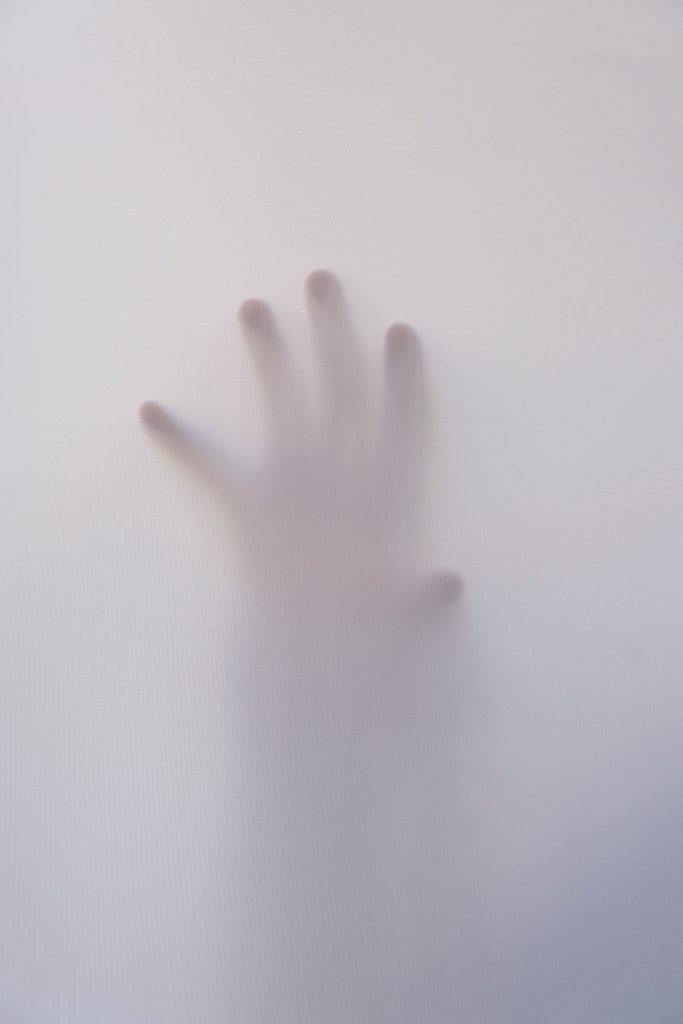
A dream is a recollection of subjective experiences that happen during REM sleep. Nightmares are dysphoric dreams with intense negative emotions that usually manifest during late-night REM sleep. As humans, we dream every night, whether we remember them or not. In fact, we spend one-third of our life dreaming. Some of our dreams are happy, some are sexy, others are weird and confusing. Some of our dreams are straight-up terrifying. And do you know what else is pretty terrifying? These mind-bending facts about nightmares.

- Women are more prone to nightmares than men.
- Around 8 percent of the general population experience sleep paralysis, which is the inability to move when you’re in a state between sleep and wake.
- Nightmares usually begin between the ages of 3 and 6 then decrease after the age of 10.
- Nightmares can predict the onset of psychosis, PTSD and sleep disturbances.
- You are actually paralyzed during REM sleep – this is why you are unable to scream.
- 1 out of 20 people has nightmares every week.
- Nightmares occur at almost the same time each night.
- You can control your nightmares through lucid dreaming.
- Creative people suffer from more nightmares.
- Eating right before bed could push you into a nightmare state.
- Women are much more likely to have nightmares that involve loved ones and relationship problems, whereas men have nightmares about natural disasters.
- People who spend more time playing video games are much more likely to be able to control their nightmares.
- It is possible to scare yourself awake.
- Fear is not the main contributing force in nightmares – confusion, disgust and sadness are the biggest perpetrators.
- Insufficient sleep connected to nightmares can cause mood changes.
- Your nightmares are not unique.
- Some people who act out their nightmares while kicking and screaming could be suffering from the early stages of brain disorders.
- Hypnagogic hallucinations, when you hear voices, feel phantom sensations or even see strange things in the room, are common in the moments between wakefulness and sleep.
- Nightmares and sleep paralysis are often accompanied by a feeling of dread or dying.
- Nightmares are most common around the holidays.




